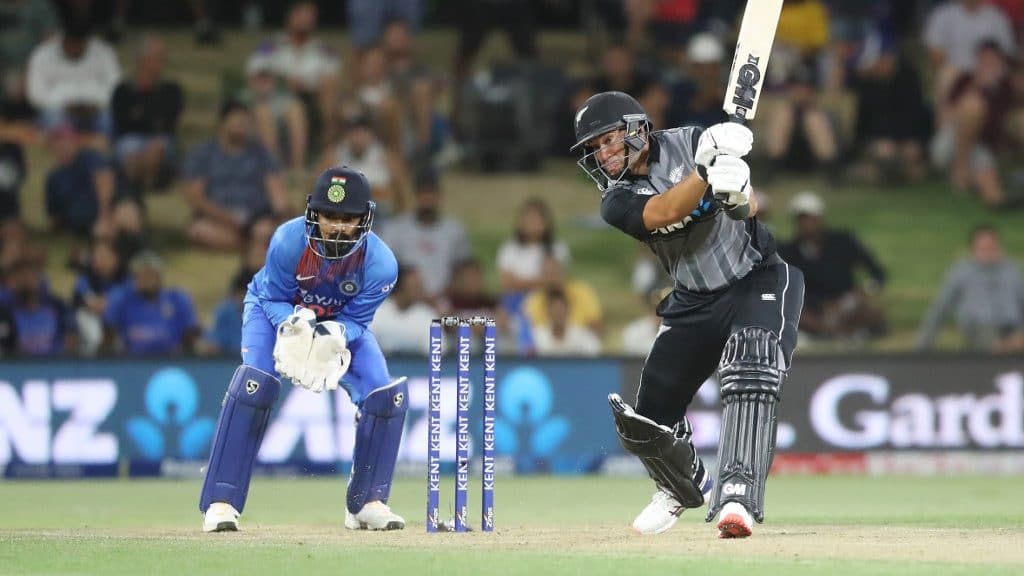Should KL Rahul keep wickets for India in limited-overs cricket?

Indian cricket team’s last bilateral series against New Zealand before the pandemic-induced break in February saw the sudden rise of the swashbuckling batsman KL Rahul as a potential wicketkeeper for the team in the long run. The team management’s decision of handing the gloves to Rahul in the white-ball cricket came out of the blue and stunned many in the cricket fraternity.
Imitating Rahul
The debate regarding KL being the perfect wicketkeeper for India in the limited-overs format began during the opening ODI against Australia in January this year. Rahul was just filling in for the young Rishabh Pant who was ruled out of the match in Rajkot due to a concussion. However, KL’s brilliant performance with the bat and the gloves resulted in him being compared with the great Rahul Dravid, who batted in the middle-order and kept wickets in more than 70 ODIs for the team’s sake.
Rahul donned the gloves again in the second ODI where he scored match-winning knock of 80 runs off 52 balls which resulted in India clinching the match by 36 runs. The Karnataka batsman also affected Aaron Finch’s stumping besides taking two catches off pacers Jasprit Bumrah and Navdeep Saini respectively. His notable contribution with the bat and gloves made the captain go for him even when the full-time wicketkeeper Pant was available for selection in the final ODI against Australia. He scored 146 runs in the series.
The team management showed faith in Rahul and went ahead with the experiment on the New Zealand tour. The extra responsibility didn’t impact Rahuls’s form with the bat – he scored 224 in five T20Is and 204 runs in three ODIs. It also meant that Rishabh sat on the bench in all the eight white-ball matches on the tour.
The benefits
KL Rahul may have started donning the gloves for India on a regular basis in 2020 but he is a regular feature behind the wickets in the domestic matches for Karnataka and his IPL franchise Kings XI Punjab. Rahul’s experience in wicket keeping dates back to his teenage days as he essayed the role of a regular keeper for Karnataka in U-16 and U-19 tournaments. Also, he made his debut for India as a wicketkeeper in 2015. An injury to Wriddhiman Saha during the second Test against Sri Lanka in 2015 saw Rahul don the gloves for the first time.
Inclusion of a part-time wicketkeeper like Rahul can benefit the team in the white-ball cricket as it will allow them to play an extra batsman in the squad and take the pressure off the guys at the top. It will also ease the confusion of choosing one among Shikhar Dhawan and KL Rahul to open the innings for India alongside Rohit Sharma as both the batsmen had tried to claim the spot whenever they got the chance in the past few months. With KL playing at Number 5, the top four slots can be booked by Dhawan, Rohit, Virat Kohli and Shreyas Iyer. Also, apart from the two full-time pacers and two spinners, the team can play two all-rounders or one all-rounder and one batter. This will provide the team with a lot of combinations to experiment with and take the batting as deep as Number 7.
With MS Dhoni officially retiring from international cricket on August 15, the race for a long-term wicketkeeper in India’s limited-overs teams now has three prime candidates—Rahul, Rishabh Pant and Sanju Samson. Going solely by batting skills, Rahul has the edge in that race. The problem with players like Rishabh Pant or Sanju Samson is that they are raw and will take time to improve and settle into the Indian team and make an impact, whereas KL Rahul has already settled into the team and has made an impact. He is 28 and he is in his prime years and he is only going to improve. So, looking at his form and experience, one will obviously wish to go with KL Rahul ahead of Pant or Samson who are still in their learning stage.
